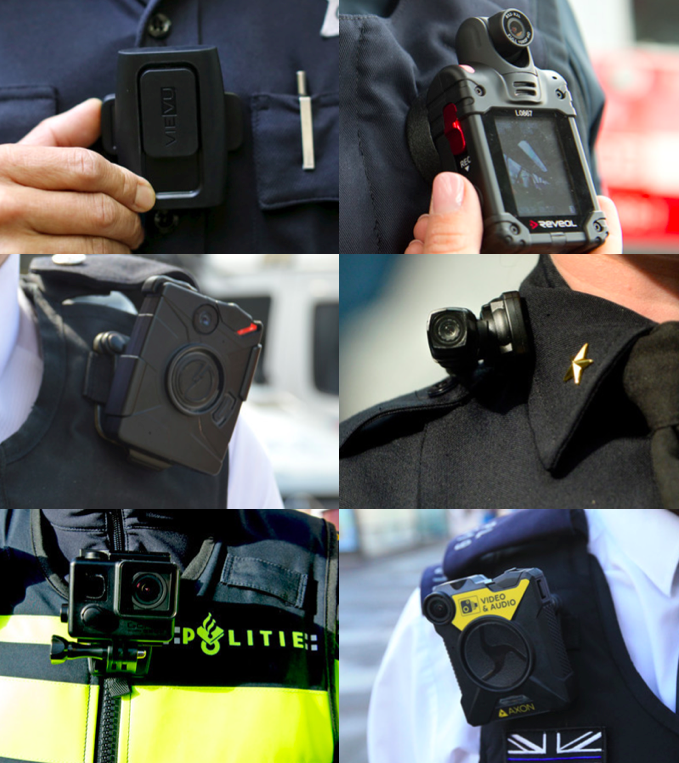Wearable cameras are being introduced into public transport all over the world. The international railway organisation UIC has asked me to give a presentation on body cameras at their conference in Paris in February 2019. Members of the Security Platform can join this expert workshop to exchange experiences and best practices.

Social intervention, not a technical tool
Body cameras are often introduced in public transportation to improve the safety of staff and travellers. Yet, most projects I studied within law enforcement were primarily about the technology and not about the human interactions the cameras are supposed to influence.
In my presentation I will look at body cameras not as a technical tool, but as a social intervention. Cameras are supposed to make the public behave in less aggressive and violent ways. The cameras should also help staff to act more professionally and with more self-confidence. In order to achieve those behavioural goals, the bodycam has to trigger psychological mechanisms. People need to realise the presence of the body camera and adjust their behaviour accordingly.
Theory and data
This mechanism is not triggered automatically if personnel is equipped with a body camera. You need to do a lot more in order to achieve the desired effects. In order to explain how this works, I will present the findings of the international literature review I published in 2017 and add recent empirical findings from pilots that were held by the Dutch National Police and local law enforcement in two major cities in The Netherlands.
Want to join?
If you are a member of UIC, you can join the workshop and find more information on this website.
